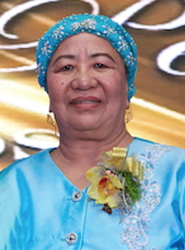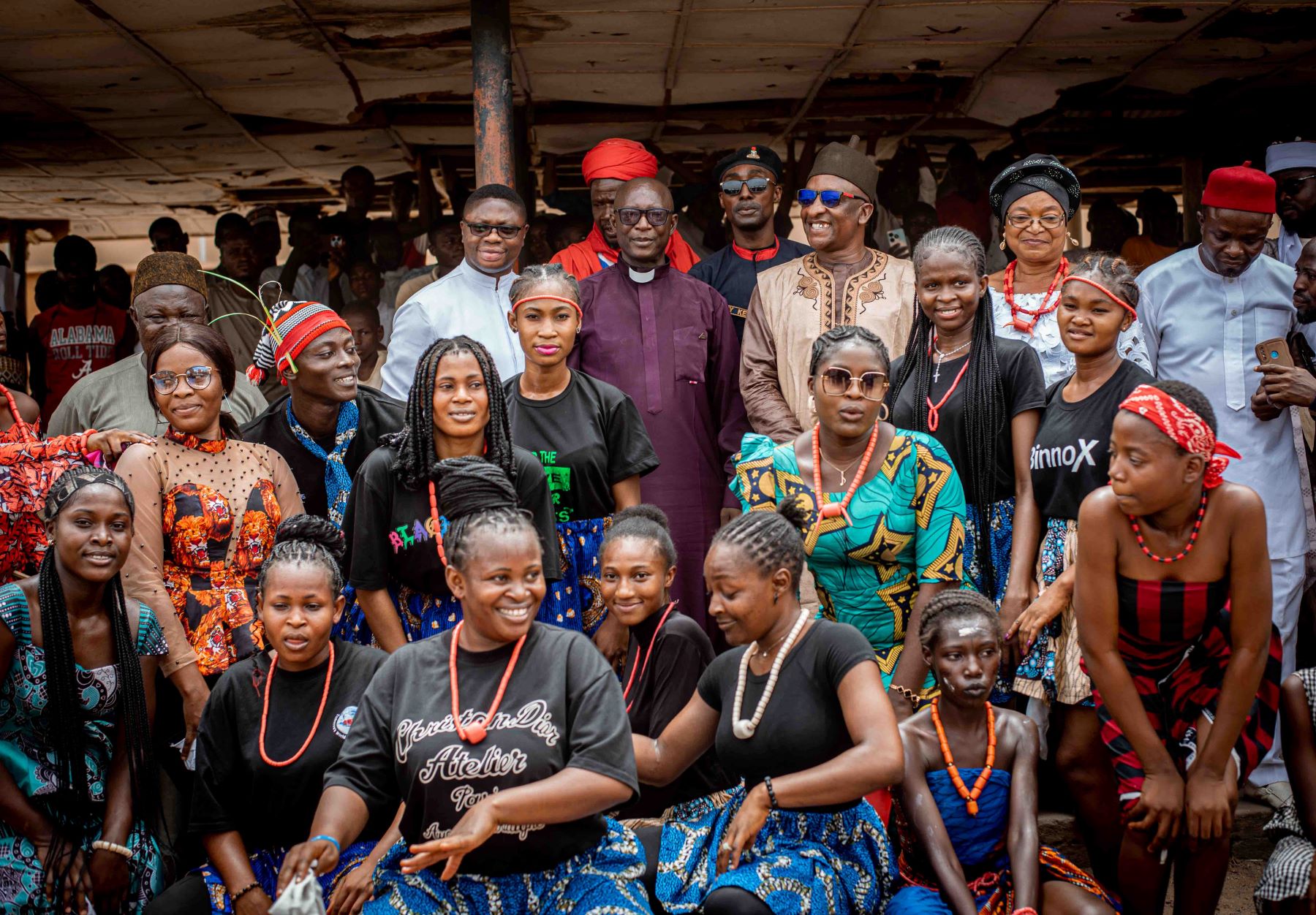Violence has long been a part of the culture of Mindanao, the southernmost island region of the Philippines. Clashes between Muslims and Christians can be traced as far back as the 1800’s. More recently, in 2000 the presidential “all-out war” declaration against the Moro National Liberation Front (MNLF), a Muslim militant group based in Mindanao, created an upsurge in fighting. This bloody and divisive war has received little to no international attention that has claimed over 160,000 lives and displaced so many more.
But, there is a growing possibility of peace. On January 14, 2014, an official peace treaty between the MNLF and the Philippine government, facilitated by the Malaysia government was signed. But it is just the beginning of the real work. The New York Times report cites a comment by a Philippines Star reporter that he is more afraid to visit Mindanao that neighboring Muslim countries. Also, noticeably missing in the agreement were smaller military factions. The real challenge will be the implementation of peace.

Dr. Estrella Abid Babano
For Dr. Estrella Abid Babano, the journey to establish peace in Mindanao spans decades, and it is deeply personal. The religious conflict has torn through her home and displaced many whom she considers family.
Dr. Babano is the key architect of the Mindanao Peace Initiative. Her work for reconciliation and restoration long precedes the recent peace accord. She understands that the process is towards a cultural shift, from violence to peace.
At the Global Peace Convention 2013, fittingly held in Kuala Lumpur, Malaysia, Dr. Babano said, “It is only by investing in the creation of a new culture of peace in the present generation that lasting universal peace can be established.” She continued, “There is not much we can do with the adults, their minds are fixed.” Thus, she concludes, that peace begins by educating the hearts of the future. She said, “The heart of education is the education of the heart.”
Many of the youth have been affected by the conflict. More than 40% of households report having been displaced. Also, Mindanao suffers chronic poverty as a result of decades of instability. Dr. Babano has her work cut out for her (Vinck P, Bell E, 2011, Violent Conflicts and Displacement in Central Mindanao: Challenges for recovery and development. world Bank and world Food Programme).
But she believes that “one heart and one mind at a time, the culture of a generation can be changed.”
The Mindanao Peace Initiative has safe havens, cultural exchanges and the supplemental education programs. One interesting program is the Arms to Farms program. In the region it is popular for children to have toy guns and play war. The program asks the children to turn in their toy guns for seeds and plants for gardens. Dr. Babano is literally uprooting the culture of hate and planting seeds of peace.
Dr. Babano’s approach focuses on 4 guideposts to peace:
- God
- Self
- Others
- Environment.
She believes that when the individual is in harmony with God, themselves, their neighbors and the environment a foundation can be set to shift the current culture.
The peace accord is just one more step towards peace, the real work starts with transforming the culture. That is where Dr. Babano is championing.



